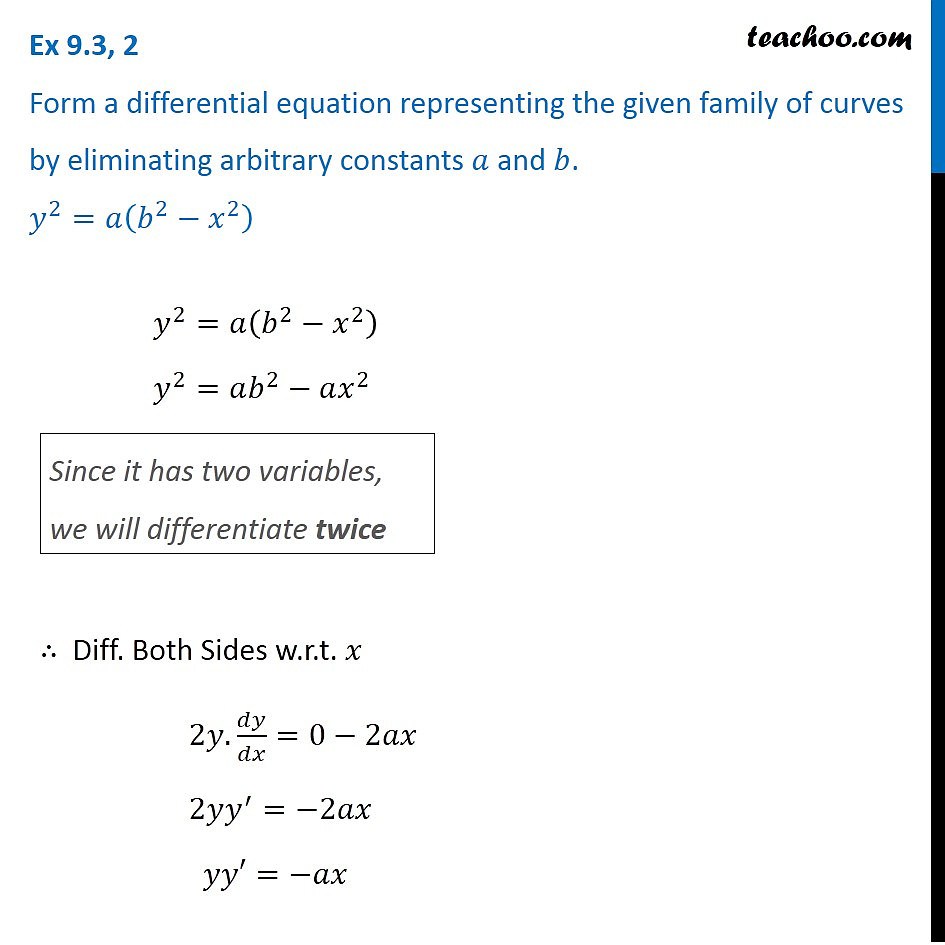

Based on the diagrammatic method, we present the exact analytical solutions, which predict the rich phenomena of collective radiance. We investigate the non-Markovian dynamics of two giant artificial atoms interacting with a continuum of bosonic modes in a one-dimensional (1D) waveguide. Individual sections of the book and examples are suitable for lecture courses on applied mathematics, mathematical physics, and differential equations, for delivering special courses, and for practical training. Physics, mechanics, control theory, biology, medicine, chemical technology,Įcology, economics, and other disciplines. Students specializing in applied and computational mathematics, mathematical It is intended for a broadĪudience of scientists, university professors, and graduate and postgraduate Material previously unpublished in monographs. A review is given of the most common mathematical models with delay used in population theory, biology, medicine, economics, and other applications.********************************ĭelay Ordinary and Partial Differential Equations contains much new Exact solutions are constructed for many nonlinear delay reaction-diffusion and wave type PDEs that depend on one or more arbitrary functions.

The presentation of the theoretical material is accompanied by examples of the practical application of methods to obtain the desired solutions. Method of regular expansion in a small parameter, method of matched asymptoticĮxpansions, iteration-type methods, Adomian decomposition method, collocation method, Galerkin-type projection methods, Euler and Runge-Kutta methods, shooting method, method of lines, finite-difference methods for PDEs, methods of generalized and functional separation of variables, method of functional constraints, method of generating equations, and more. Exact,Īpproximate analytical and numerical methods for solving such equations areĭescribed, including the method of steps, methods of integral transformations, It considers qualitative features ofĭelay differential equations and formulates typical problem statements.

The book is devoted to linear and nonlinear ordinary and partial differentialĮquations with constant and variable delay.

The comparison of the numerical results of our method with the existing methods concludes the superiority of the proposed method. The developed scheme is tested on several examples of p-FNDDE and p-FNDPDE to ensure computational convergence which validated the theoretical findings. We have established the convergence analysis to assure the theoretical authenticity of the present method. With the help of these coefficients, we get the approximate solution. The operation of Gegenbauer wavelet basis and GGSFIO to p-FNDDE and p-FNDPDE returns a system of equations which is later solved by Newton’s method for unknown wavelet coefficients. Generalized Gegenbauer scaling function fractional integral operator (GGSFIO) is constructed using the Riemann–Liouville definition of fractional integral to handle the fractional derivatives present in p-FNDDE and p-FNDPDE. In this work, we have investigated p-type fractional neutral delay differential equations (p-FNDDE) and p-type fractional neutral delay partial differential equations (p-FNDPDE) via generalized Gegenbauer wavelet.


 0 kommentar(er)
0 kommentar(er)
